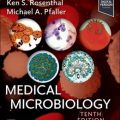
Comprehensive, clinically oriented, and practical, Medical Microbiology, Tenth Edition, remains the go-to text for foundational coverage of key interrelated concepts in medical microbiology, immunology,…
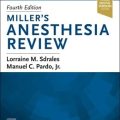
Covering all anesthesia topics from basic to advanced, Miller's Anesthesia Review, 4th Edition, is an ideal resource for self-assessment and deepening your understanding of…

Make sure you are thoroughly prepared to work in a clinical laboratory. Rodak’s Hematology: Clinical Principles and Applications, 7th Edition uses hundreds of full-color…
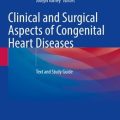
Clinical and Surgical Aspects of Congenital Heart Diseases text and guide discusses the surgical and medical management of congenital heart diseases in both adult…

Contemporary Theories of Human Cognition book provides a systematic presentation of some of the most relevant contemporary major theories of human cognition. Each theory…
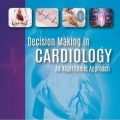
Decision Making in Cardiology: An Algorithmic Approach book Decision Making in An Algorithmic Approach will appeal to a wide audience of cardiologists, practicing physicians,…
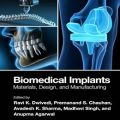
Biomedical Implants: Materials, Design, and Manufacturing book provides a comprehensive overview of the development of implants, from the selection of materials to the outcome…
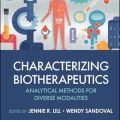
Provides detailed and up-to-date coverage of analytical approaches for biologic drug modalities The development of innovative biologic therapies has revolutionized medicine, but their complexity…
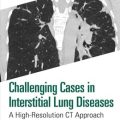
This Challenging Cases book provides a structured pathway to help unlock the mysteries of fibrosing Interstitial Lung Diseases (ILDs), guiding experts and beginners alike…
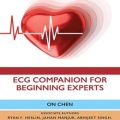
ECG Companion For Beginning Experts Electrocardiography (ECG) has existed in the medical field for over 100 years, but important concepts are still beyond the…
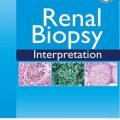
Renal Biopsy Interpretation book is to focus on the renal biopsy interpretation. A renal biopsy is a procedure used to obtain a segment of…
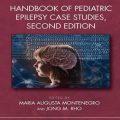
Research in the field of epilepsy will continue at a rapid pace, with the ultimate hope of curing many intractable epilepsy syndromes. Fully updated,…
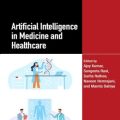
Artificial Intelligence in Medicine and Healthcare book is discussing artificial intelligence-based smart systems for diagnosis and prediction of diseases, artificial intelligence in clinical decision-making,…

A concise and highly visual guide to clinically relevant anatomy for dentistry, as well as a valuable resource for any healthcare professional interested in…

Medical Microbiology 10th Edition Comprehensive, clinically oriented, and practical, Medical Microbiology, Tenth Edition, remains the go-to text for foundational coverage of key interrelated concepts…



















